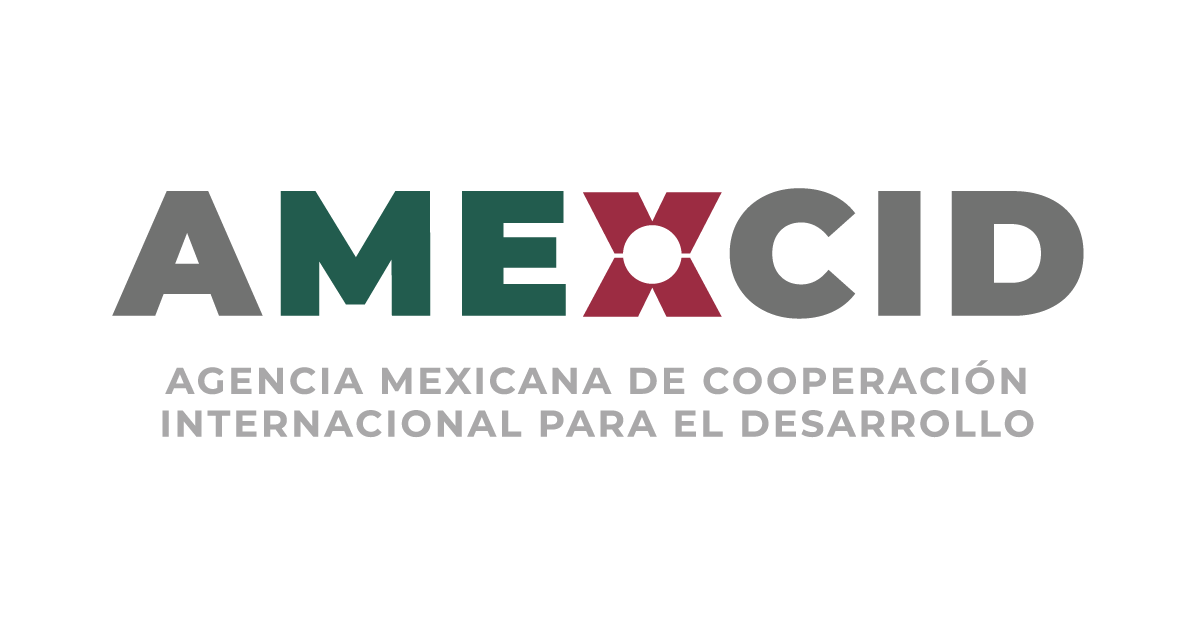Altar of Day of the Dead in Kumu
As the international exhibition “History and Mystery: Latin American Art and Europe” is coming to an end, Kumu Art Museum is celebrating the Mexican holiday, Day of the Dead (Día de Muertos). A traditional Day of the Dead altar will be exhibited in Kumu’s atrium. The altar is made in collaboration with Mexican artists based in Estonia and the Embassy of Mexico.
The Day of the Dead is traditionally celebrated on November 1-2. A central part of the celebration is the setup of altar (ofrendas) and offerings to welcome and honour the spirits of departed loved ones. Each element of the altar serves a specific purpose in making the journey between the world of the dead and the living easier for the spirits of the ancestors. Traditionally, altars have up to seven levels, representing the multiple stages that a person who passed away must cross over to rest in peace.
Gallery
As a part of the finishing programme of the Latin American art exhibition, taking place on November 2, short introductions of the altar in English and Estonian will take place between 12:00-17:00 every hour on the hour.
The Day of the Dead is an important part of Mexico’s rich cultural heritage. This tradition was recognised as Intangible Cultural Heritage of Humanity by UNESCO in 2003 and added to its list in 2008.
The altar is a collaboration between Kumu Art Museum, the Embassy of Mexico, and Mexican artists based in Estonia. It is dedicated to Diego Rivera and Leonora Carrington, as many of their artworks are currently on display at Kumu Art Museum. The Altar also honours Frida Kahlo and her prominent artistic legacy, as well as the reciprocal influences on the explored subject matters of Frida Kahlo and Diego Rivera.
The Day of the Dead altar is exhibited in Kumu Art Museum as a part of the finishing programme of the exhibition “History and Mystery: Latin American Art and Europe”. This is the first time that Latin American art has been exhibited on such a large scale in Estonia. This has been made possible through collaboration with The Phoebus Foundation in Antwerp, which owns one of the largest collections of Latin American art in Europe. The exhibition features art from two eras: the Spanish Colonial period from the 17th to the 19th century, and the modernist art of the 20th century from Argentina, Colombia, Cuba, Mexico, Peru, Chile, Uruguay and Venezuela.
Exhibition Team
Installation manager: Ana Falcón
Project Manager: Maria Lota Lumiste
Graphic design: Tuuli Aule
Public Programme: Maria Lota Lumiste
Team: Merari Flores Morales, Lisseth Pedroza, Laurie Hayes, Sandra Real Ávila, Stephanie Rendón, Guadalupe Bobadilla
Sponsors









